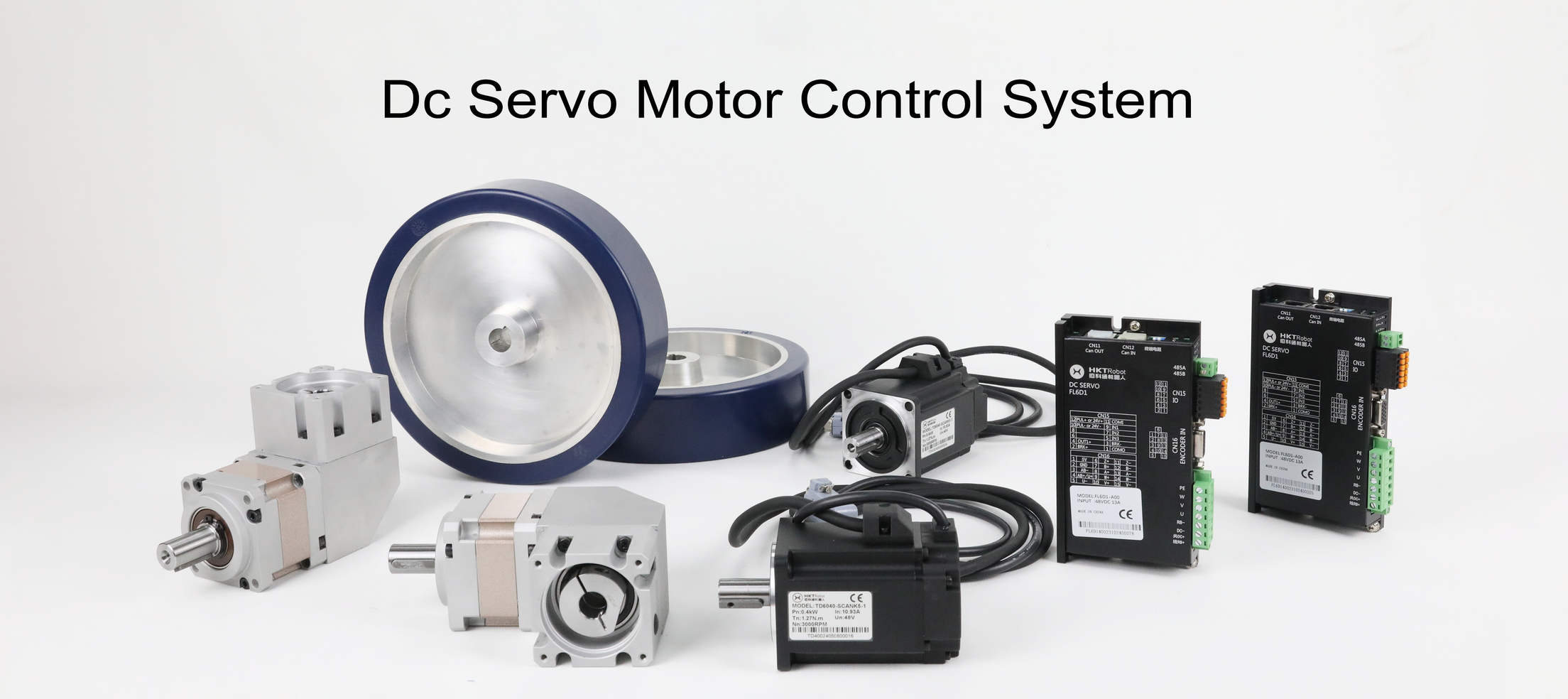What is a DC Servo Motor?
DC Motor Servo Motor is a type of rotary or linear motor that receives power from a servo amplifier to generate torque or force for mechanical systems, such as actuators or brakes. Servo motors can precisely control angular position, acceleration, and speed, utilizing a closed-loop control system. This system considers the current output and modifies it to meet desired conditions. Control actions in these systems are based on the motor's output, with positive feedback mechanisms governing the motion and final position of the axis.

Figure 1 - Industrial Servo Motor
These motors can operate on both constant current and alternating current. AC servo motors are more prevalent in heavy industrial machinery due to their ability to withstand higher current surges, while DC servo motors are better suited for smaller applications, providing excellent control and feedback. The speed of a servo motor is determined by the frequency of the applied voltage and the number of magnetic poles.
Servo motors exhibit versatility in manufacturing environments. Together with DC Servo Drive, they can be widely used in the automation industry, with typical applications including collaborative robots, conveyor systems, automatic door operators, CNC machining, radar systems, tracking systems, and various automation solutions. However, they require relatively complex controllers. The operation of servo motors is similar to that of electromagnetic motors, differing mainly in structure and functionality. Standard servo motors typically utilize plastic gears, while high-power servo motors are equipped with metal gears.
DC Servo Motor Servo Motor Structure
A servo motor consists of two windings: a stator and a rotor. The stator winding is located in the stationary part of the motor and is often called the field winding, while the rotor winding is located in the rotating part and is called the armature winding. Two bearings on either side of the motor allow the shaft to move freely. Encoders are used as proximity sensors to determine the speed and revolutions per minute of the motor and are often used with DC servo motor controllers and DC servo motor drives.
The working principle of servo motor is based on closed-loop control system, which uses position feedback to correct errors and achieve precise control. Its key steps include:
- Reference input: The user sets the desired position or speed.
- Error signal generation: The controller compares the reference input with the actual position fed back by the position sensor to generate an error signal.
- Amplification and correction: The error signal is amplified and used to correct the position or speed of the motor.
- Motor movement: According to the correction signal, the controller drives the motor in the desired direction until the error signal is close to zero.
- Continuous feedback loop: The position sensor continuously monitors the actual position, and the error is continuously corrected until the motor shaft remains in the set position to prevent external interference.


Share:
Key Considerations for AGV Wheels: Enhancing Automation Performance
Enhancing AGV Performance with Advanced AGV Controllers